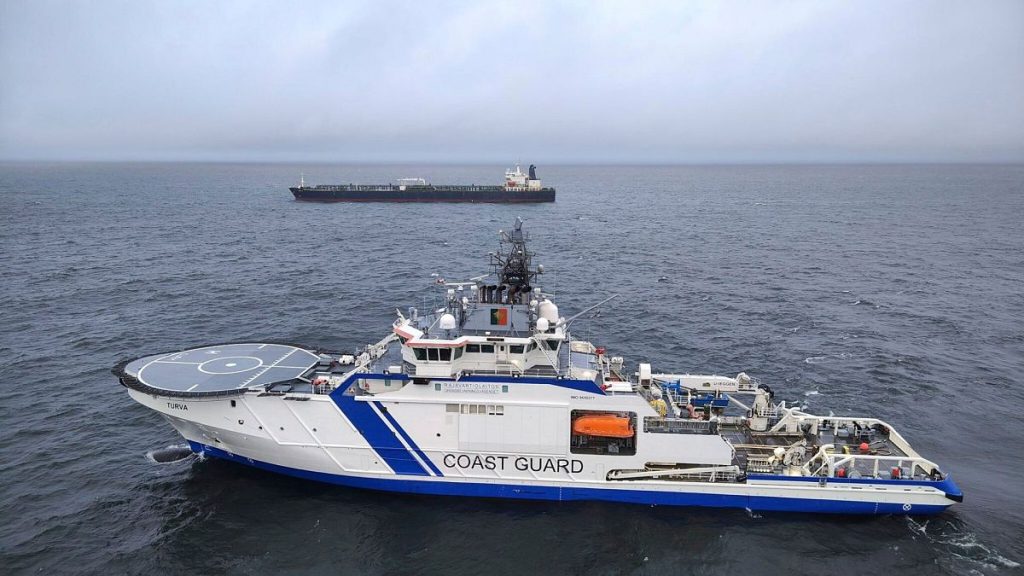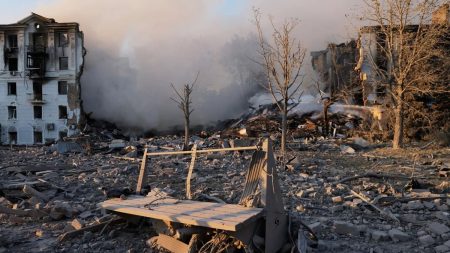The disruption of the Estlink-2 power cable, a crucial energy link between Finland and Estonia, has sparked a complex investigation into suspected sabotage in the Baltic Sea. On December 25th, 2023, the cable suffered a rupture, raising immediate concerns given the backdrop of previous damage to regional infrastructure, including data cables and the Nord Stream pipeline. Finnish authorities, leading the investigation, have discovered a telltale anchor drag mark on the seabed, stretching for tens of kilometers, potentially as long as 100 kilometers, leading them to believe a specific vessel, the Eagle S, was involved. This discovery has added another layer of complexity to the already tense geopolitical situation in the Baltic region.
The Eagle S, a vessel flagged in the Cook Islands but identified as part of Russia’s “shadow fleet,” has been seized by Finnish authorities for examination. This shadow fleet, comprised of aging tankers, is believed to be utilized to circumvent Western sanctions imposed on Russia. Operating without Western-regulated insurance and often lacking proper maintenance, these vessels pose significant environmental risks and raise concerns about their potential involvement in clandestine activities. The seizure of the Eagle S marks a significant step in the investigation, allowing authorities to gather crucial evidence and potentially uncover the motives behind the cable disruption.
The investigation into the Estlink-2 incident is focusing on several potential criminal charges, including aggravated interference with telecommunications, aggravated vandalism, and aggravated regulatory violations. These charges reflect the seriousness of the incident, not only in terms of the immediate disruption to energy supply but also the potential broader implications for regional security and stability. The act, if proven to be deliberate sabotage, would represent a significant escalation of tensions in the Baltic Sea and could further strain relations between Russia and the West.
The timing of the cable disruption, occurring against a backdrop of heightened tensions due to the ongoing conflict in Ukraine, has raised concerns about potential motives. While the disruption to energy supply was minimal, the incident is viewed within the context of previous suspected sabotage acts in the region, including the Nord Stream pipeline explosions. These incidents have fueled anxieties about the vulnerability of critical infrastructure and the potential for escalating tensions in the Baltic Sea. The focus on the Eagle S and its connection to Russia’s shadow fleet has inevitably heightened suspicion of Russian involvement, although definitive proof remains the subject of the ongoing investigation.
The incident has prompted a swift response from NATO, with Secretary General Mark Rutte announcing intensified patrols in the Baltic Sea. This move underscores the strategic importance of the region and the growing concern over potential threats to critical infrastructure. Finland’s recent accession to NATO, driven by security concerns stemming from Russia’s actions in Ukraine, adds further weight to the incident. The cable disruption underscores the vulnerabilities that Finland sought to address by joining the alliance and highlights the complex security challenges facing the Baltic region.
The ongoing investigation into the Estlink-2 incident has placed a spotlight on the activities of Russia’s shadow fleet and its potential role in disrupting critical infrastructure. The seizure of the Eagle S provides a unique opportunity for authorities to gather evidence and understand the complexities surrounding the operation of this fleet. The outcome of the investigation will have significant implications, not only for regional security but also for the broader geopolitical landscape. The incident underscores the growing tensions in the Baltic Sea and the need for increased vigilance in protecting critical infrastructure from potential threats. The case of the Eagle S and the damaged Estlink-2 cable stands as a stark reminder of the interconnectedness of energy security, geopolitical tensions, and the evolving nature of potential threats in a rapidly changing world.














